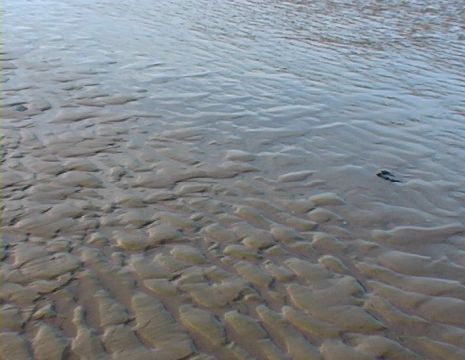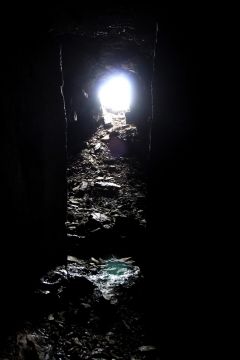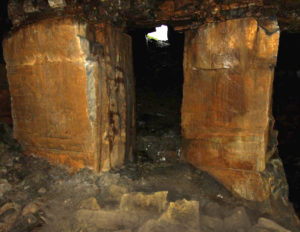This work was commissioned by Groundwork and Horse and Bamboo Theatre Company in 2008 as part of the ‘Valley of Stone’ project.
The aim of the commission was to produce work inspired by the landscape and it’s associated history.
The area of Rossendale in Lancashire has a duality about it. The landscape is grandiose and beautiful yet it’s been utilized in many different ways over the years, constantly evolving with industrial and social change. Large chunks of hillside are missing, quarried for the stone and subsidence above ground reminds us of what must have been taken out beneath our feet.
The video ‘Hineingrabe’ (German for ‘dig into,carve or bury’) looks at the two worlds above and below ground. It reflects the areas quarrying and mining history whilst drawing on elements of E.T.A. Hoffmann’s story, ‘The Mines at Falun’ in which the hero descends into the black underworld of the mine and is lead on by ghostly visions of the ‘Metal Queen’ who shows him the treasure embedded in the seam of ore. He becomes obsessed with bringing to the surface this red jewel he sees at the heart of the depths.
Descent to the labyrinthine underworld to bring back something of value is reminiscent of journeys found in many other mythologies. Also referenced in the work is the story found in local writings of the black dog or Boggart, which once liberated from underground stalks the earth and dissolves like water when struck. This dog that watches the lower world has parallels to Cerberus (translated as ‘demon of the pit’), who conducts the dead down to Hades. The film alludes to the origin of the stone’s creation, how this ancient material is itself the embodiment of the change from fluid to solid and also from the surface to the depths, from light to dark.
‘Hineingrabe’ was screened at The Horse and Bamboo Theatre in Waterfoot, Lancashire in December 2008. The Theater Company went on to produce Deep Time Cabaret, inspired by the geological and mythological references within ‘Hineingrabe’.
Watch a clip of film on Vimeo





Film stills from ‘Hineingrabe’






